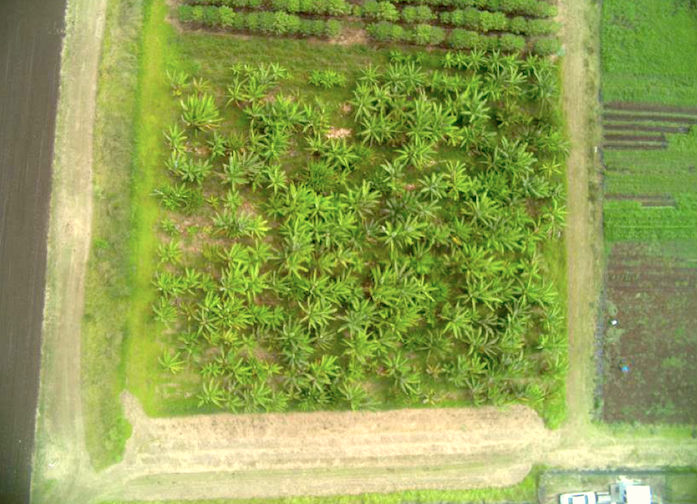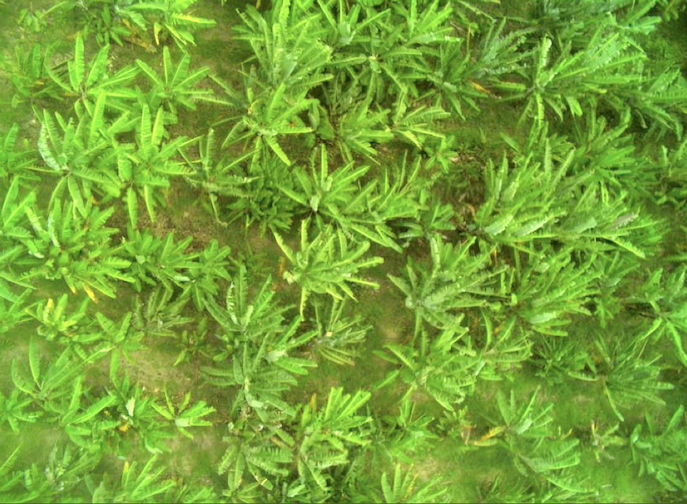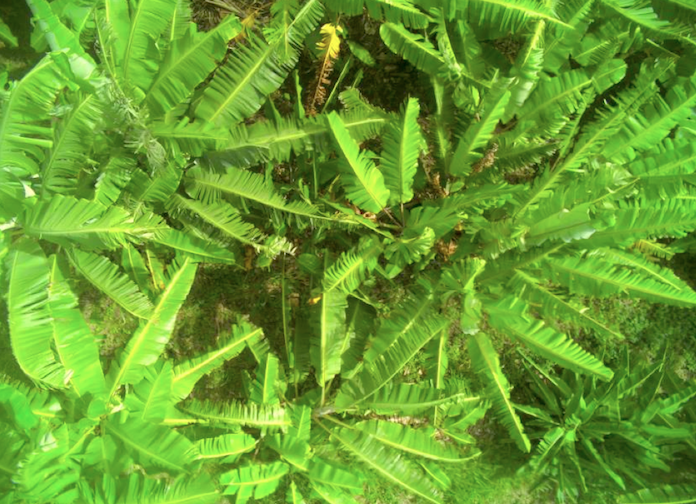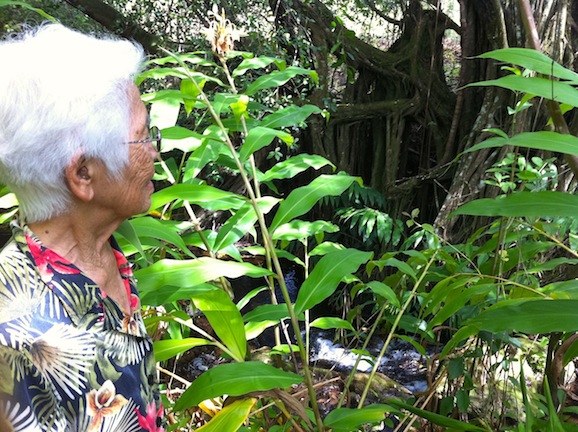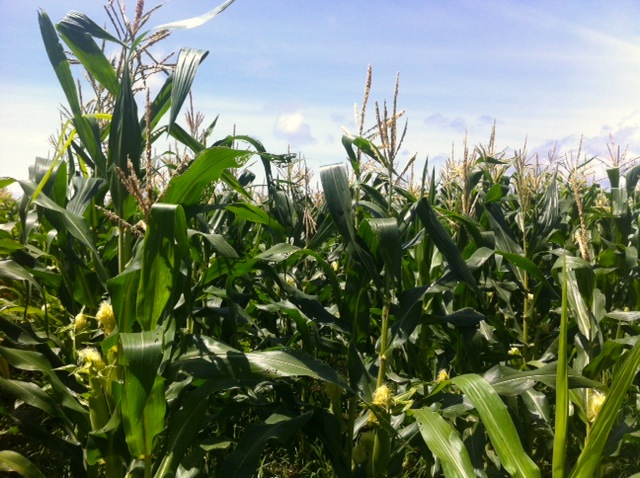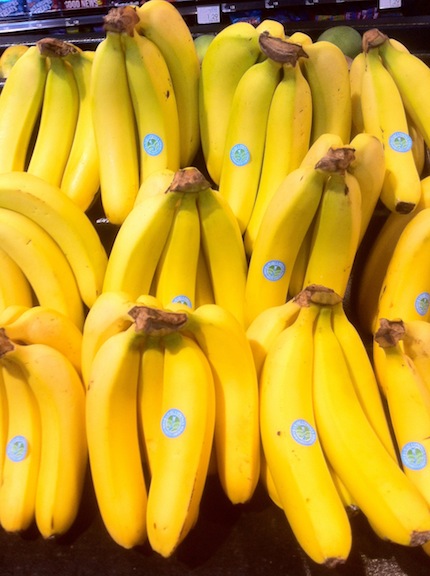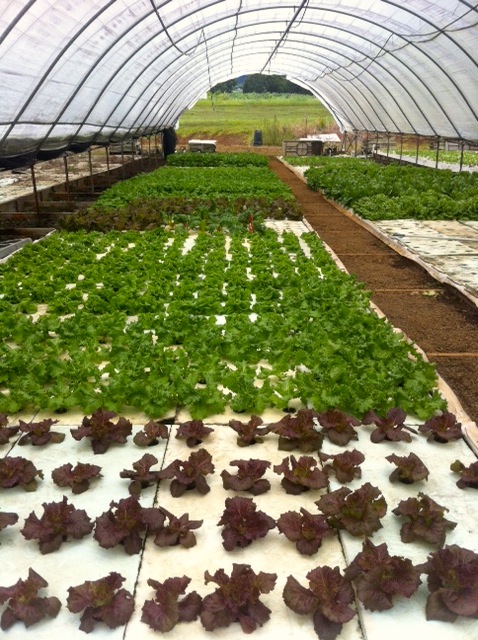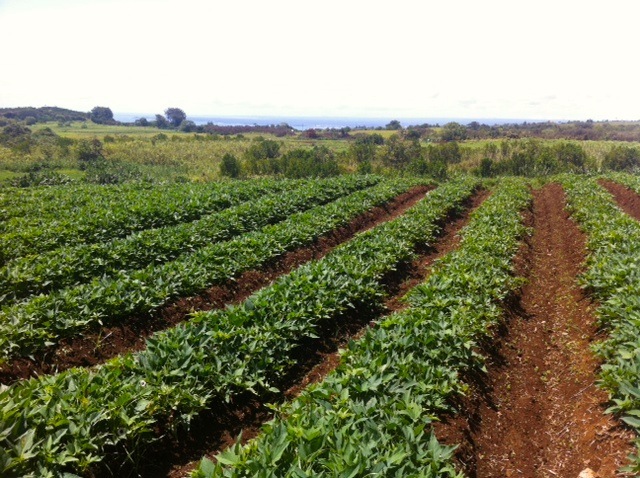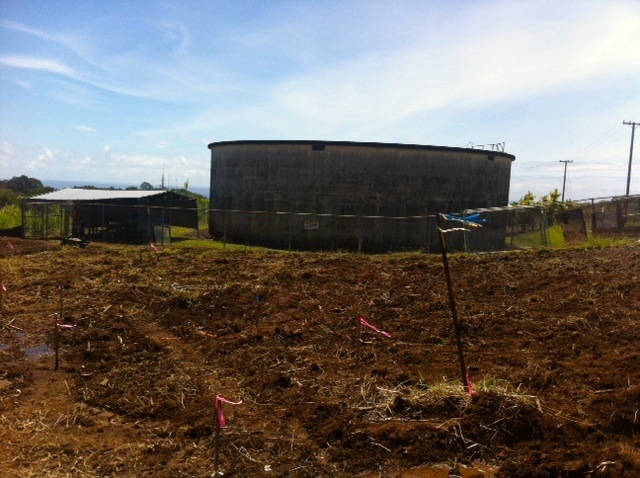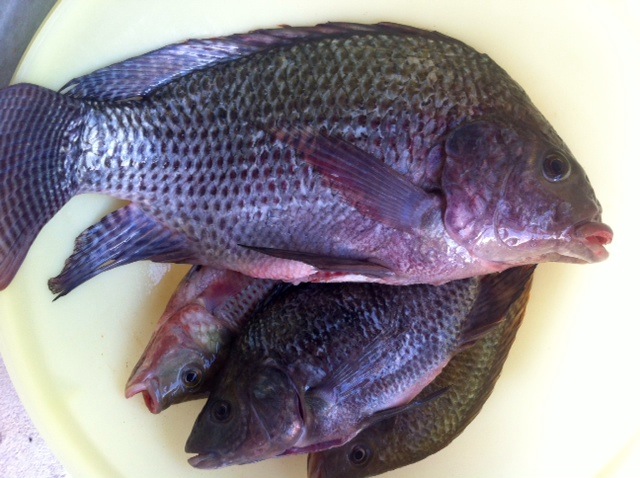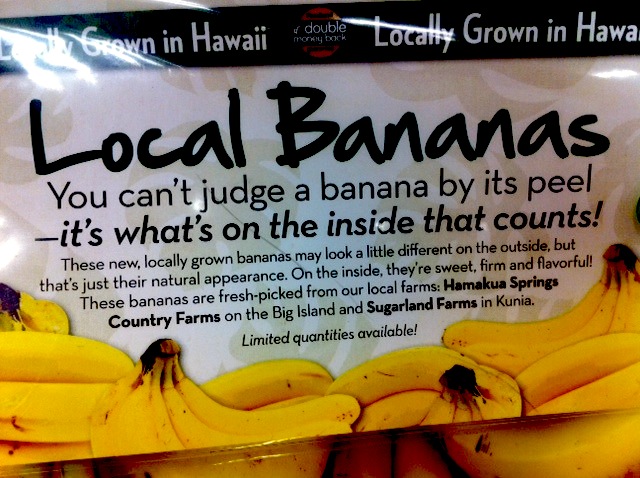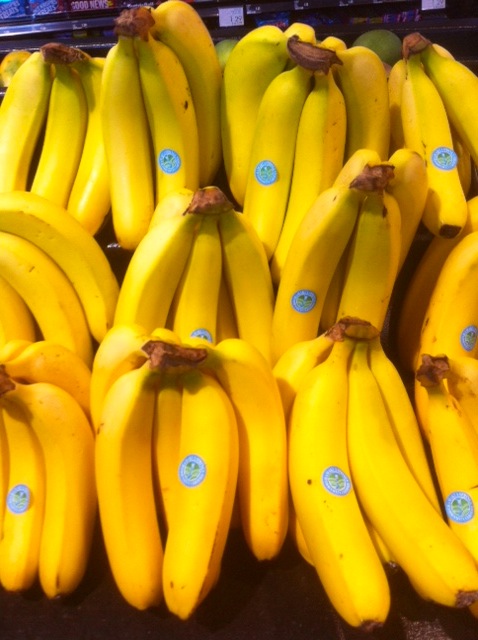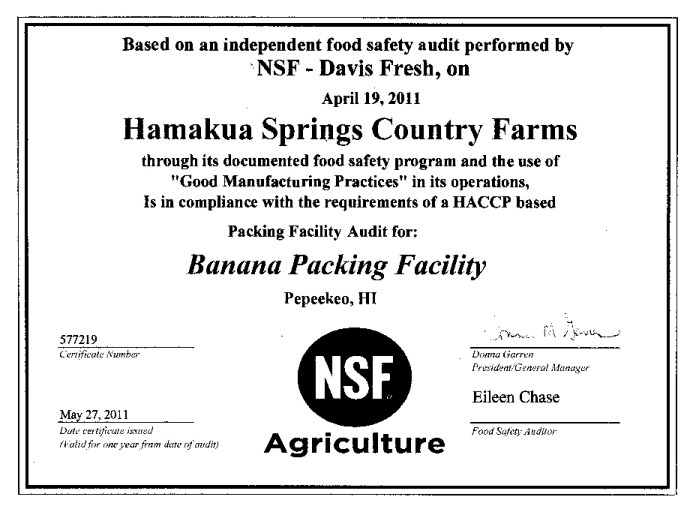Richard Ha writes:
Senator Dan Inouye had a direct influence on Hamakua Springs Country Farms, primarily through the Rural Economic Transition Assistance Hawaii (RETAH) program. That, in turn, allowed us to be part of the Big Island Community Coalition, where our mission is to achieve the lowest-cost electricity in the state.
We continue to follow Senator Inouye’s example: It is about all of us, not just a few of us.
Mahalo, Senator Inouye—Rest in Peace.
Let me tell you a story. Nearly 18 years ago, C. Brewer Executive John Cross let me use 10 acres at Pepe‘ekeo, rent free, to test grow bananas. It was not clear then whether or not bananas could be successfully farmed in the deep soil and heavy rainfall of the Hilo Coast.
Having farmed bananas in the rocks of Kapoho and Kea‘au, I had no experience pulling a plow or getting stuck in mud. Until then, the standard way of planting bananas was by the “mat” system. The idea was to plant 250 plants per acre. Then, after the first bunch was harvested, you let four plants grow up, thereby increasing the population to 1000 plants per acre.
We decided to plant 25 percent fewer plants, in straight rows, so sunlight could hit the ground. The idea was to mow the grass in the
middle aisles in order to get traction instead of getting stuck in the mud. On that 10 acres, I mowed the grass and pulled a plow during the week to mark the lines. Then every weekend for several months, Grandma (who was 71), June, Tracy, Kimo and I, plus our two grandkids, would plant the banana plants from our own tissue culture lab.
(UH Hilo Professor Mike Tanabe taught us how to do that. And, by the way, instead of having a drop in production, the bunch size became larger, which made banana farming at Pepe‘ekeo more efficient.)
Kimo would carry a bucket of lime and dropped a handful as a marker every so many steps. Tracy or June drove the truck, and Kapono, who was around 6 years old, sat in the back and dropped a plant by the lime marker. Using picks and shovels, the rest of us set the plants in the ground. Even Kimberly, who was around 3, had a pick. She dug a hole wherever she wanted. After all the plants were planted, we took buckets and fertilized them.
At the end of that year, we felt it would work. We had a small ceremony where Doc Buyers, C. Brewer’s Chairman of the Board, cut off the first bunch of bananas. Also present were Jim Andrasick, who was then President of C. Brewer, and later Chairman of the Board of Matson; Willy Tallett, Senior Vice President of Real Estate/Corporate Development, and John Cross, who later became President of Mauna Kea Agribusiness (the successor company of C. Brewer).
C. Brewer had tens of thousands of acres and we had 10 acres – but our dreams were huge! We did not feel awkward that this group of heavy-duty corporate people were in attendance. We knew where we were going and it felt very appropriate for them to be there.
Then, a few years later, Senator Inouye, the leader of the Democratic party, appointed Monty Richards, a staunch Republican, to administer the RETAH program. That helped us expand our production at a critical time. And again Senator Inouye demonstrated that it wasn’t about a few of us, but it was about all of us.
We are only one of the tens of thousands of people who were helped by Senator Inouye.
At this special time of year, we look back at times and people from long ago and we smile. We thank everyone who has helped us along the way.
If we can continue to grow food, and if we can help our workers have a better life for their children, those are our goals.
Happy Holidays, Everyone.

